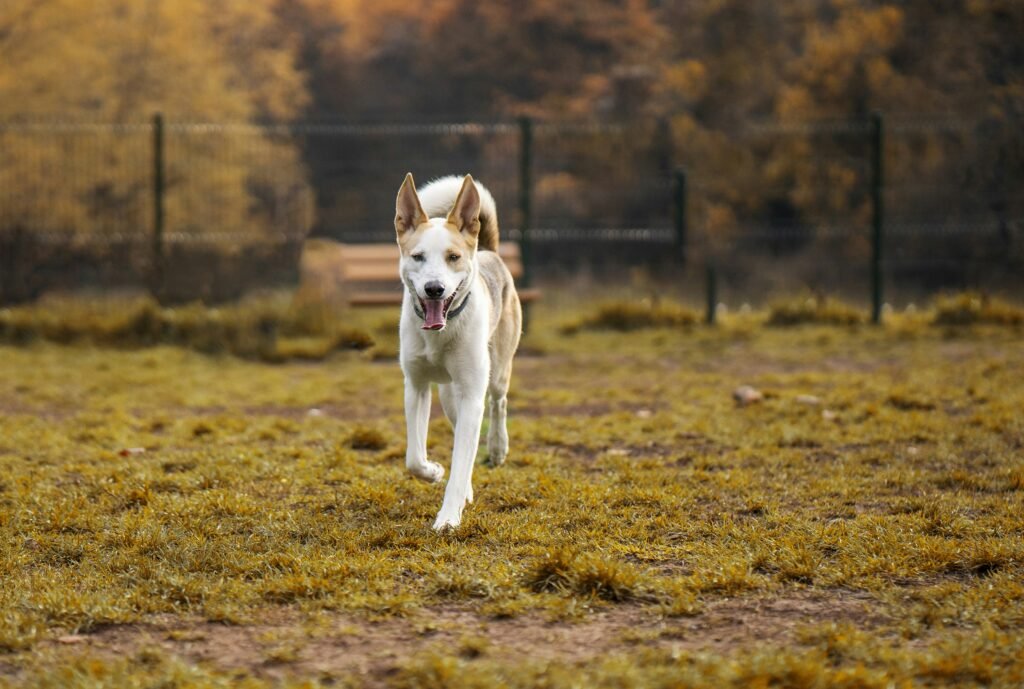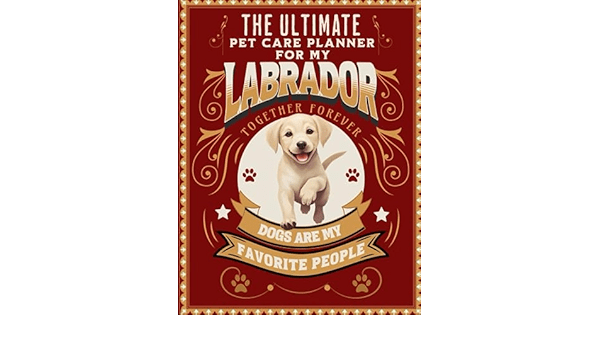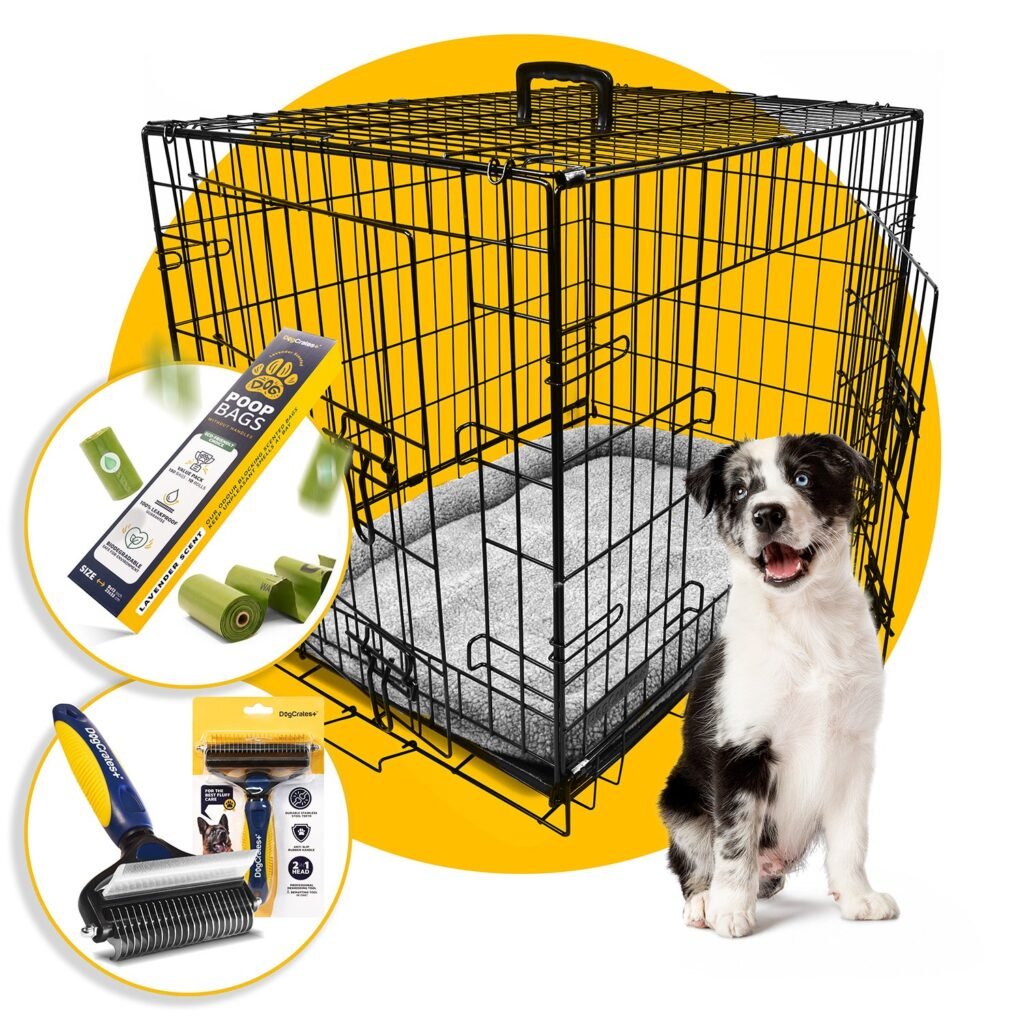Have you ever wondered if you’re truly getting the most out of your daily dog walks? Well, let’s chat about that. As a pet owner and a self-proclaimed dog lover, I’ve often found myself wondering if I’m doing this whole dog walking thing right. You might think it’s as simple as grabbing a leash and stepping out the door, but it turns out, there’s a bit more to it. Today, I’m going to share some comprehensive advice from PawsnBlogs to make those walks more enjoyable for both you and your furry friend.

This image is property of images.unsplash.com.
The Basics of Dog Walking
Why Walk Your Dog?
First things first: why even bother walking your dog? One obvious reason is exercise. Dogs need to move just like we do, and a walk provides both a physical and mental workout. Beyond that, it’s an excellent opportunity for you two to bond. Really, isn’t that what most of us are looking for?
Picking the Right Gear
Leashes, collars, and harnesses—oh my! It’s overwhelming when you start to think about it. But don’t fret. Here’s a quick breakdown to help you make informed decisions:
| Type | Best for | Pros | Cons |
|---|---|---|---|
| Standard Leash | General dog walking | Versatile, easy to use | Limited in length |
| Retractable Leash | Dogs needing more freedom | Allows for exploration | Can be difficult to control |
| Harness | Dogs with throat issues or pullers | Reduces strain on neck, offers control | Can be tricky to put on correctly |
| Martingale Collar | Dogs with smaller heads or escapees | Provides gentle correction, prevents escape | May not be suitable for strong pullers |
When I’m gearing up for a walk, I personally prefer a standard leash and a harness for my dog. It just feels more secure and manageable. But really, it’s all about finding what works best for you and your canine companion.
Planning the Walk
Time of Day
When is the best time to walk your dog? Morning, noon, or night, each has its perks. Early morning walks can set a calming tone for the day. Midday walks can be a nice break from work, assuming you work from home or can take your dog to the office (lucky you!). Evening walks can help tire them out for a good night’s sleep.
Duration
How long should you walk your dog? The answer largely depends on the breed, age, and energy level of your dog. Here’s a rough guide:
| Dog Type | Recommended Walk Duration |
|---|---|
| High-energy breeds (e.g., Border Collie) | 60-90 minutes |
| Medium-energy breeds (e.g., Labrador) | 45-60 minutes |
| Low-energy breeds (e.g., Bulldog) | 20-30 minutes |
| Puppies | Short, frequent walks (5-10 min initially) |
My dog, a medium-energy breed, does best with two 30-minute walks a day. It keeps him active and healthy without exhausting him (or me, for that matter!).
Tips for a Successful Walk
Establishing a Routine
Dogs thrive on routine, so consistency is key. Try to stick to the same walking schedules every day. This also makes house training easier for puppies.
Proper Walking Etiquette
Ever had your dog pull so hard it felt like your shoulder might pop out? Yup, I’m no stranger to that struggle. Teaching your dog to walk at your side instead of pulling can make a world of difference. Here’s a tip: stop walking the moment they start pulling. Once they calm down, resume walking. Rinse and repeat. It takes patience, but it’s worth it.
Socializing
Walking your dog isn’t just about exercise; it’s also a great opportunity for socialization. Dogs are naturally social creatures, and meeting new dogs and people can be a positive experience for them. Just remember to keep an eye on their body language to ensure they’re comfortable.
Cleanup Duty
Let’s discuss poop bags, those little lifesavers that every dog owner should carry. Picking up after your dog isn’t just courteous—it’s the law in many places. Plus, it keeps our parks and sidewalks clean for everyone to enjoy.
What If the Weather’s Bad?
Rainy Days
Rain doesn’t have to halt your walks. Equip yourself with a raincoat and waterproof boots, while giving your dog a rain-resistant jacket if they’ll tolerate it. Shorten the walks if needed, but don’t skip them altogether.
Hot or Cold Weather
Extreme weather conditions warrant extra precautions. During summer, try to walk your dog early in the morning or late in the evening to avoid the heat. Hot pavements can burn their paws, so be mindful of that. In winter, consider getting dog boots to protect their paws from ice and salt. Also, keep those walks shorter if the weather is particularly harsh.

This image is property of images.unsplash.com.
Addressing Common Issues
Pulling on Leash
As I mentioned earlier, a common issue many of us face is our dog pulling on the leash. To combat this, consider a harness that attaches in the front rather than on the back. This little trick can help redirect your dog’s focus back to you.
Reactivity to Other Dogs or People
Some dogs get overly excited or anxious when they see other dogs or people. Training with positive reinforcement can help. Reward your dog for remaining calm and redirect their attention with treats or toys. Consistent training can significantly reduce this type of reactivity.
Fearful Behavior
If your dog is hesitant or scared during walks, it’s important to go slow. Take baby steps and reward them for every small achievement. Sometimes, just standing outside for a few minutes is enough progress for one day.
Making Walks Enjoyable
Change Up the Route
You wouldn’t want to walk the same path every day, and neither does your dog. Changing up your route can make the experience more interesting and stimulating for them.
Include Some Play Time
Incorporate a bit of play into your walks. If you find an open field or a safe park, let your dog run off-leash for a bit if it’s allowed. Bring a toy or a ball for a quick game of fetch. Trust me, your dog will love it.
Training Sessions
Use walk times for training sessions. Basic commands like sit, stay, or come can be practiced in real-world settings during your walk. This not only reinforces their training but also makes the walk more interactive and engaging.
Sniff Breaks
Allow your dog some time to sniff around. Sure, it might feel like you’re stopping every few steps, but sniffing is how dogs explore their world. It’s mentally enriching for them.
Safety Tips
Identification
Always ensure your dog has proper identification. A collar with an ID tag and a microchip can be lifesaving if they ever get lost.
Hydration
Especially on longer walks or during warm weather, make sure you have water for both you and your dog. Portable dog water bottles or collapsible bowls can be quite handy.
Watch Out for Hazards
Be vigilant about potential hazards during your walk. Broken glass, sharp objects, toxic plants, and even certain foods left on the ground can be harmful to your dog. Keeping a close eye on them can prevent unwanted vet visits.
Health Benefits for You
Physical Exercise
Walking your dog not only benefits them but also provides you with some much-needed exercise. Regular walking can improve cardiovascular health, strengthen muscles, and boost energy levels.
Mental Wellness
It’s not just about physical health. Walking your dog can also be a great stress reliever. Fresh air, sunshine (when it cooperates), and a bit of nature can do wonders for your mental well-being.

This image is property of images.unsplash.com.
Understanding Your Dog’s Limits
Age Factors
The age of your dog significantly impacts their stamina and walking needs. Puppies and older dogs have different requirements compared to adult dogs.
| Age Group | Walking Requirements |
|---|---|
| Puppies | Short, frequent walks to allow for energy bursts |
| Adult Dogs | Regular, moderate-length walks to maintain fitness |
| Senior Dogs | Gentle, slower walks, paying attention to any discomfort |
Health Conditions
It’s crucial to consider any health issues your dog might have. If they suffer from arthritis or other joint problems, shorter, more frequent walks might be better. Always consult your vet if you’re unsure.
Advanced Tips for Enthusiasts
Hiking and Trail Walking
For the more adventurous souls, hiking with your dog can be a rewarding experience. It’s essential to ensure your dog is in good health and physically capable of handling more strenuous activities. Start with shorter trails and work your way up. Always carry a first-aid kit, plenty of water, and some snacks for both of you.
Urban Exploration
City dwellers, don’t fret! Urban dog walks can be just as exciting. Explore different neighborhoods, visit dog-friendly cafes, or even take a stroll through a bustling market. The new sights, sounds, and smells provide an enriched experience.
Running with Your Dog
If you’re a runner, consider incorporating your dog into your exercise routine. Not all breeds are cut out for running, so make sure your dog is physically up to the task. Start slow and build up your pace and distance gradually.
The Aftermath of a Good Walk: Post-Walk Routine
Cool Down
Just like humans, dogs benefit from a cool-down period after exercise. Allow them to walk at a slow pace for the last part of your walk. This helps their muscles relax and prevents stiffness or injury.
Hydrate and Rest
Make sure your dog has access to fresh water as soon as you get home. A short nap afterward can help them recover from the exercise.
Check for Injuries
Take a moment to inspect your dog’s paws and body for any signs of injuries, ticks, or burrs. Early detection of any issues can prevent more significant problems down the line.
The Emotional Connection: Bonding Through Walks
Building Trust
Regular walks provide an excellent opportunity to build trust between you and your dog. Consistent, positive experiences reinforce your bond.
Unplug and Connect
Walking your dog can also be a great way for you to unplug from technology and connect with your surroundings and your pet. Leave your phone in your pocket (unless you’re using it for a handy walking app more on that later).
Incorporating Technology: Apps and Gadgets
Walking Apps
Yes, there’s an app for everything, including dog walking. Apps like “Rover” or “Wag!” can help track your route, monitor your dog’s activity level, and even find dog-friendly parks nearby. I’ve found these incredibly useful for keeping things fresh and interesting.
Activity Trackers
Just like fitness trackers for humans, there are activity trackers for dogs too! Devices like “FitBark” or “Whistle” can provide insights into your dog’s daily activity levels, sleep patterns, and overall health.
The Social Aspect: Group Walks
Meetup Groups
Joining a dog walking group or meetup can be a fun way to socialize both you and your dog. It’s a great opportunity to meet other dog owners, share tips, and enjoy a sense of community.
Benefits of Group Walks
Group walks can provide extra security and camaraderie. Dogs can benefit from socializing with other dogs, and you get the chance to have some human interaction as well. It’s a win-win situation.
Avoiding Burnout: Keeping It Fresh for You
Varying Your Routine
Walking the same route day in and day out can become monotonous. Varying your routes, times, and even walking companions can help keep things interesting for you too.
Combining Activities
Double up on activities to make the most of your time. Need to run an errand? Take your dog along if it’s feasible. It turns a mundane task into a bonding activity.
Final Words
Dog walking may seem like a straightforward task, but there’s so much more to it. From choosing the right gear to understanding your dog’s unique needs, every aspect can contribute to making walks more enjoyable and beneficial for both of you. So next time you grab that leash, remember it’s not just about getting from point A to point B. It’s about the journey, the bonding, and the shared experiences along the way.
I hope this comprehensive advice from PawsnBlogs helps you transform your daily walks into something far more enriching and enjoyable. Until then, happy walking!





